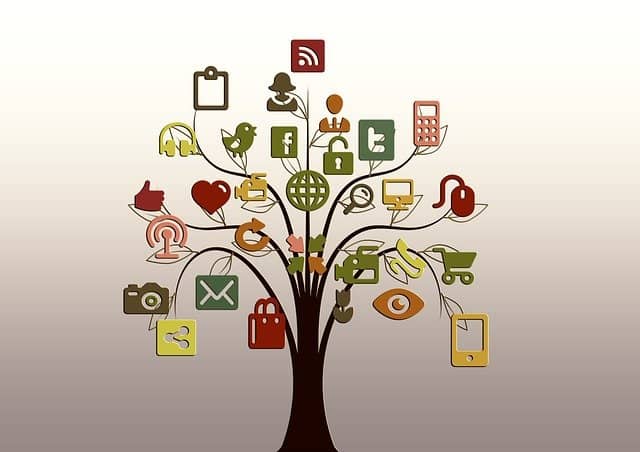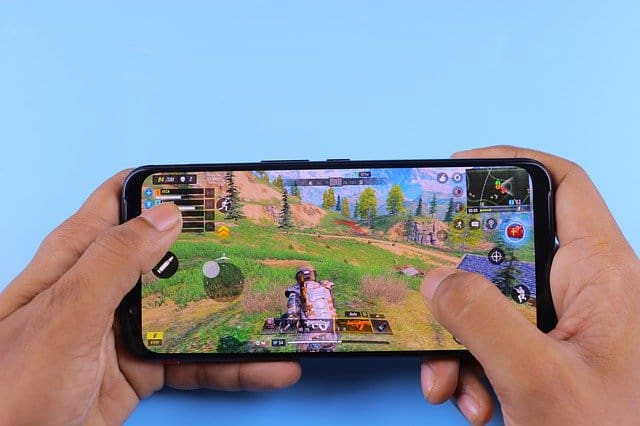 The foundation of any successful brand is a high-quality logo. Not too long ago, creating a logo for your business was a time-consuming and expensive process. Fortunately, these days, it’s never been easier or more affordable to build one from scratch. Even if you have a shoestring budget, there are many options available.
The foundation of any successful brand is a high-quality logo. Not too long ago, creating a logo for your business was a time-consuming and expensive process. Fortunately, these days, it’s never been easier or more affordable to build one from scratch. Even if you have a shoestring budget, there are many options available.
We’ve compiled a list of five steps to getting a new, snappy logo for your company. Let’s begin.
Start By Seeking Inspiration
Logos rarely pop out of someone’s head fully formed. Instead, they need to get inspiration and see what other designs are out there first. Thankfully, you can browse endless logos online, thanks to platforms like Dribbble and Pinterest. Even better, you can save the designs you like and use them as a foundation for your new design.
When curating content to draw upon for logos, keep these elements in mind:
- Simple – High-quality logos get their point across quickly and succinctly. If you have too many design or graphic elements, the logo can seem cluttered and confusing. Realistically, your logo should work in any size, both large and small. It has to look good on business cards, web pages, marketing materials, and more.
- Memorable – Think about the most recognizable logos in the world. What makes them stand out? Usually, it’s a unique font (think Coca-Cola) or a one-of-a-kind graphic element (i.e., Apple). So, you want a logo that will stand out from the crowd.
- Personality – Your logo should be reflective of your business and its offerings. For example, if you want to seem trustworthy and reliable, you should choose a bold, thick font. Or, if you want to seem whimsical and fun, you can pick a textured or script font.
Learn Some Logo Design Basics
If you really want to save some money, you can create your own logo. However, many business owners are not necessarily graphic designers, so they outsource logo creation to someone with a more creative eye.
That said, learning the basics of good logo design can help you understand why some elements work and others don’t. You can either take an online class about graphic design or read articles about the basics of design and color theory. Some core pieces to understand are:
- Colors and Mood – Red can spark passion and hunger, while orange can make you feel enthusiastic or excited. Knowing how colors and color combinations can affect your customers helps you determine which ones will work best for your logo. You should also pay attention to complementary colors, such as red and green, orange and blue, or yellow and purple.
- Font Choices – There are literally tens of thousands of fonts available online. Fortunately, you can sample as many of them as you like before buying the final version. You can type your company name and see how it looks in many different ways. From there, you can pair the font with other graphic elements related to your industry or your business. For example, if you’re in foodservice, you can use icons like a serving dish, a fork and knife set, or a dinner plate.
- Design Balance – Do you want your logo to be evenly balanced or heavy on one side? If you don’t know what that means, it helps to understand how a design can feel different based on the position of each element. For example, let’s say you put a large square on the left and a thin rectangle on the right. That logo will feel left-weighted because of the square. The balance of your logo matters since it’s both a complete piece and can work as a design element on marketing materials.
Try a Logo Design Contest
Once you know the essential elements of a good logo, it’s much easier to pick a high-quality design out of a lineup. Logo design contests are helpful for a couple of different reasons. First, you can market your company by promoting the competition. If you have some excellent prizes, you can generate a lot more buzz. The second advantage of a logo design contest is that you can get many unique, handcrafted logos for the price of one. A contest allows you to sample work from multiple designers before making a final decision.
Even better, there are lots of logo design contest websites to help you figure out the logistics of hosting such a competition. For example, how will you receive the entries? How many entries per person? Will designers get to keep their logos if you don’t choose them? Will you have multiple rounds for selection? Will you get feedback and votes from customers? These sites can help you answer these questions more easily.
Pros
- Get multiple high-quality logos from different designers
- More affordable than hiring multiple graphic artists
- Build buzz around your business
Cons
- Can be hard to set up the rules and logistics
- Must provide quality prizes to get good entries
- May not get many responses, depending on your following
Play Around With Online Logo-Makers
When it comes to finding inspiration for business logos, you can either search for existing options or create a bunch of ones yourself. Online logo makers sites enable you to come up with tons of designs instantly without having to pay big bucks. These programs use artificial intelligence to combine graphics, fonts, and colors to create perfectly polished pieces.
Depending on the logo-maker you use, you have access to a wide array of design elements, and you can churn out dozens of designs simultaneously. Some logo making sites also put you in touch with a graphic design team to perfect your logo further if necessary. On average, logos from these sites cost between $10 and $45, depending on the program.
Pros
- Make as many free logo designs as you want. Pay for the one you like best.
- Fast and simple user interface
- Affordable pricing
- Useful for design inspiration
Cons
- Some logo-makers have limited design elements
- Many sites require an account to see your logos
Check Design Marketplaces
While a logo design contest can connect you with various graphic designers, the results can sometimes be hit-or-miss. If you want more control over your logo, you can choose a graphic designer that fits your brand’s aesthetic. Fortunately, there are various design marketplaces where you can browse work and connect with designers directly. Some of the most popular marketplaces are:
- Fiverr
- Freelancer
- Upwork
- Craigslist
Before reaching out to a designer, be sure to have a budget in mind. Usually, logos can cost between $15 and $50, depending on the style you want. Having a budget upfront ensures that you can find willing designers right away.
Pros
- Search portfolios of tons of graphic designers
- Set your own budget
- Find a designer to work with long-term
Cons
- Final price may be higher than other options
- Turnaround time can take a while, depending on the designer
Overall, crafting a new logo for your business is relatively straightforward. Now that you know the steps involved, you should be able to get a high-quality design in no time.



